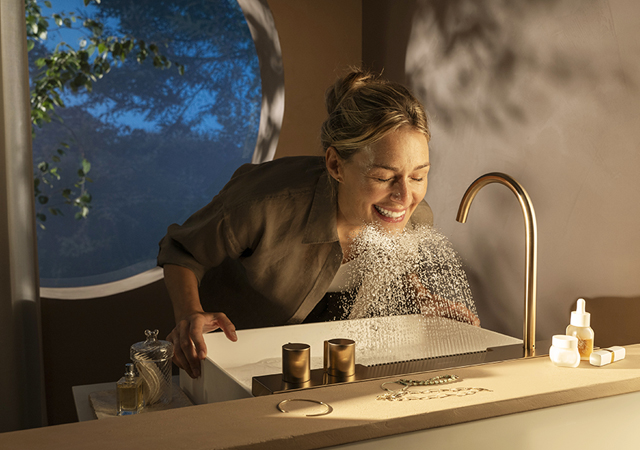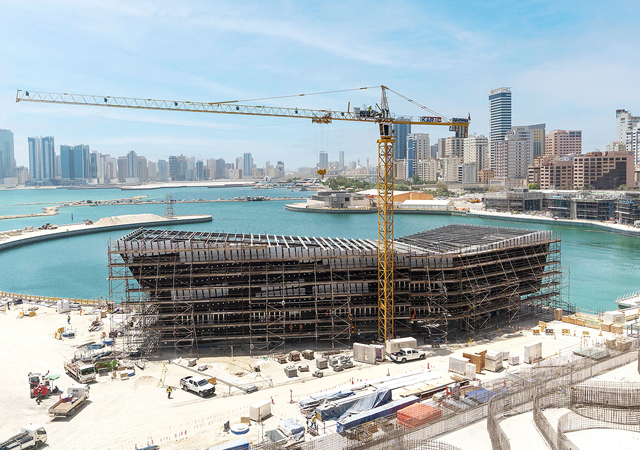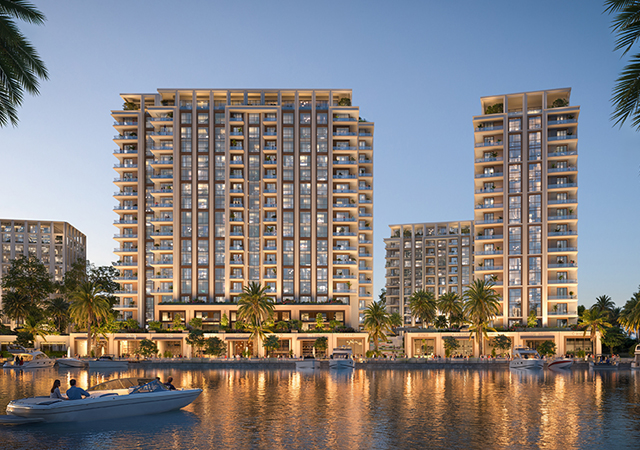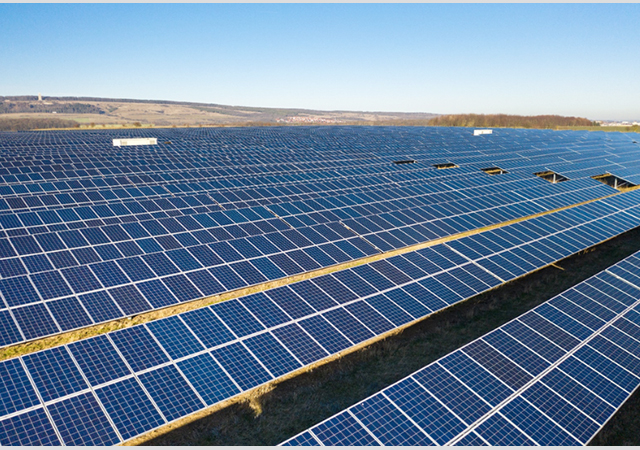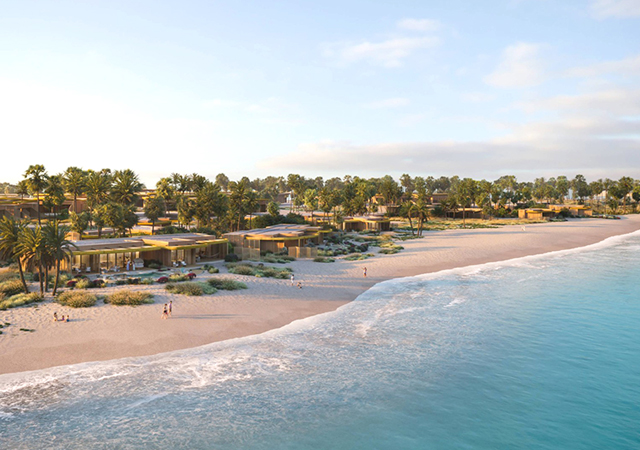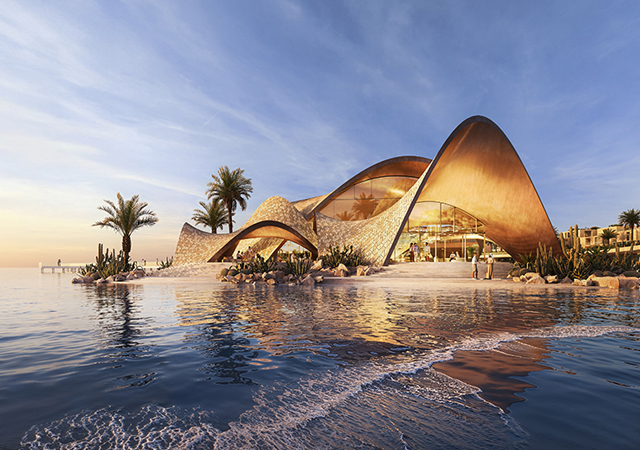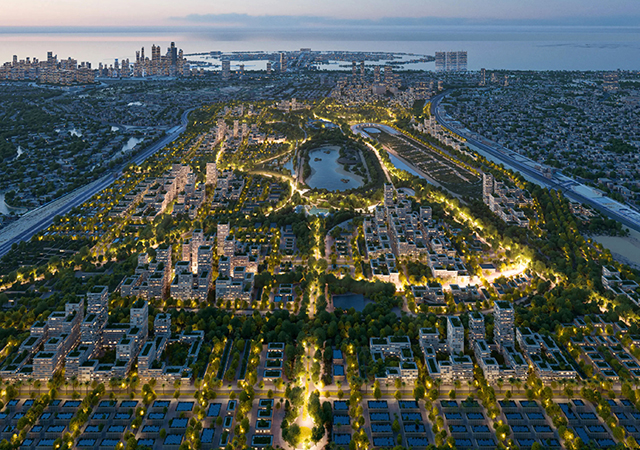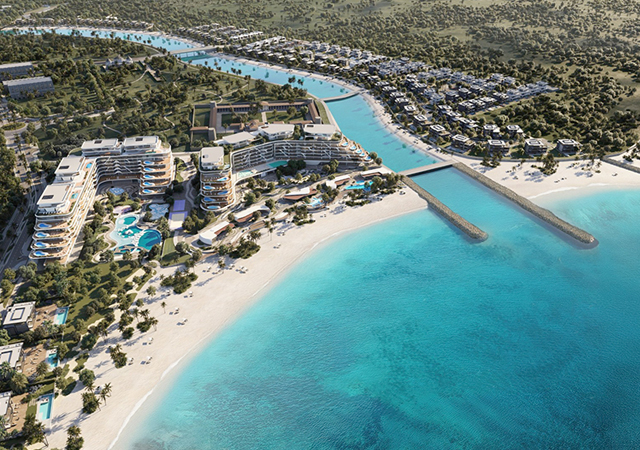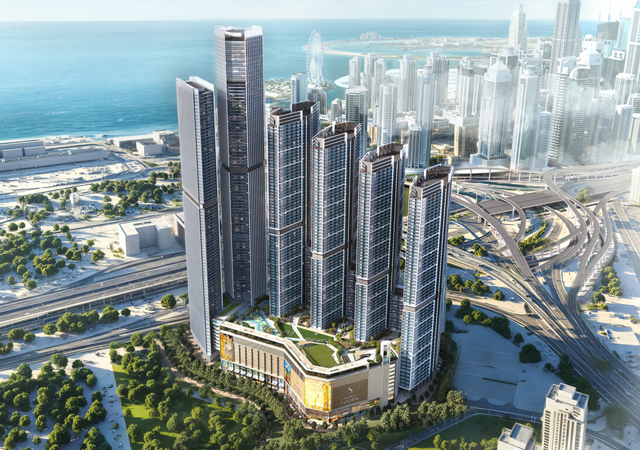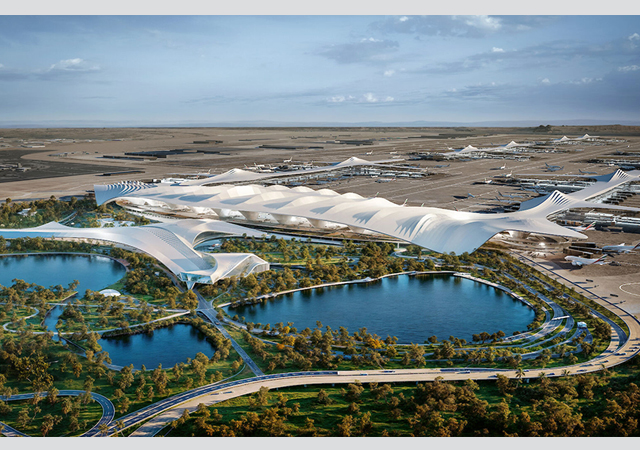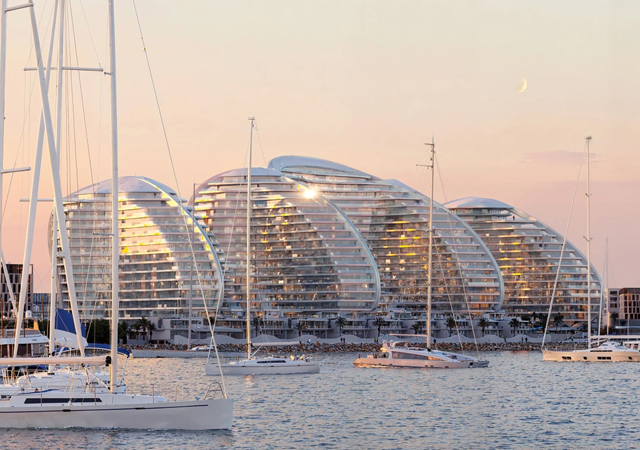
RADCRETE Pacific, an Australia-based company dealing in concrete waterproofing technology, says its Radcon # 7 is used just as much for corrosion protection and repair as it is for preventing leakage of water.
This is because waterproofing concrete prevents the corrosive agents from getting to the steel in the concrete, Michael Rorke, executive director of Radcrete points out.
He explains: “One of the main factors causing concrete degradation is corrosion of the steel, and the main method of preventing this is by waterproofing the concrete, thus preventing water and salts getting to the steel.”
However, often authorities don’t waterproof concrete structures such as bridges in an attempt to save money and as a result have to eventually face even greater costs because of the massive damage long term, he adds. “Possibly, the best example of this is in the US, where nearly 200,000 bridges are suffering from corrosion, resulting in a $2-billion repair bill. Likewise in the Philippines, the government is now undertaking a project to restore 6,000 bridges where the concrete is badly in need of repair,” he continues.
Rorke indicates that repairing old concrete – very often bridges and wharfs – constitutes a sizeable percentage of his company’s work. Radcon # 7 is applied to the structure after repairs to prevent a re-occurrence.
“Radcon # 7 is not a surface coating, admixture, crystal growth, or water repellent. It is a biochemically-modified solution that is spray-applied to cured concrete. Through a three-day watering process, the product penetrates and reacts with the concrete, forming a sub-surface barrier, waterproofing pores, capillaries and large cracks against the ingress of water and contaminants,” Rorke explains.
Radcon # 7 produces a permanent barrier within the first 20 mm of the concrete. It does not deteriorate with time and, therefore, provides lifetime waterproofing and structural protection. The cost of protecting concrete with the product is minimal compared to that of repairing damaged concrete, he emphasises.
Citing an example of a project undertaken in 1994 where taking preventative measures resulted in a long-term solution to corrosion and subsequent concrete deterioration, he says: “At that time, the Sandringham Yacht Club in Victoria, Australia, installed a seawall as a wave break. A seawall is subjected to permanent attacks by seawater as well as repeated tidal wetting and drying. All the pylons were pre-coated with Radcon prior to being sunk into the ocean whilst the wave barrier was treated with Radcon on site. Over the past 15 years, during which the pylons and the seawall were continuously exposed to seawater, Radcon # 7 has demonstrated its ability to produce a totally watertight result, preventing both salt and water ingress.
While even the best of concrete cracks, protecting it with Radcon # 7 can prevent damage to concrete, according to Rorke. His view is endorsed by Ivar Ness, former chief engineer of bridges for the Norwegian Rail Administration, who says: “The concrete we are using is of good quality, such as with a cube crushing strength of 45 MPa or higher, and it is in itself waterproof. However, cracks can never be avoided, not even when adequate measures are taken during the curing period. By applying Radcon # 7 over the whole deck surface, we have experienced that the cracks get tightened and thus prevent moisture to find its way to the reinforcement.”




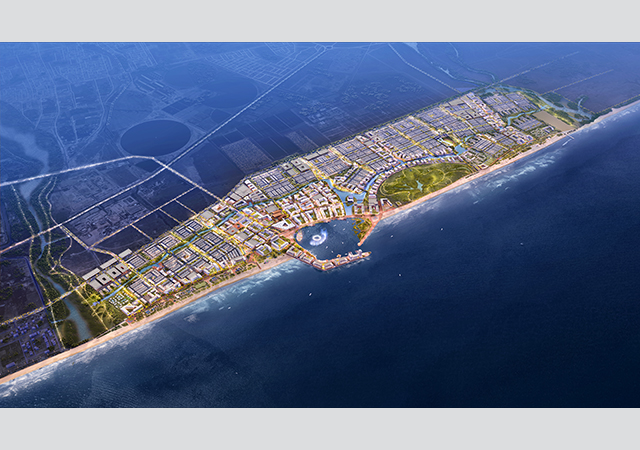





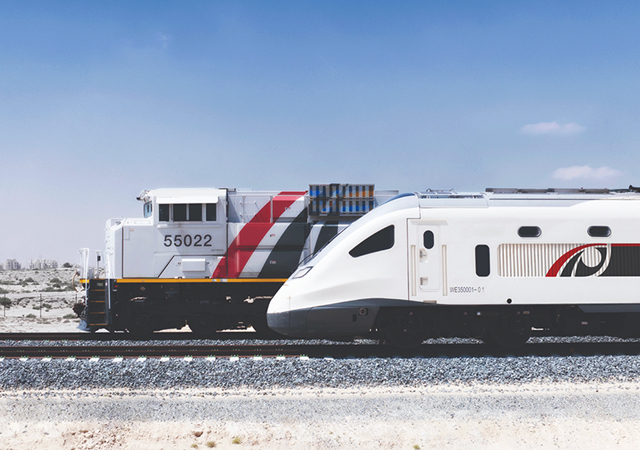
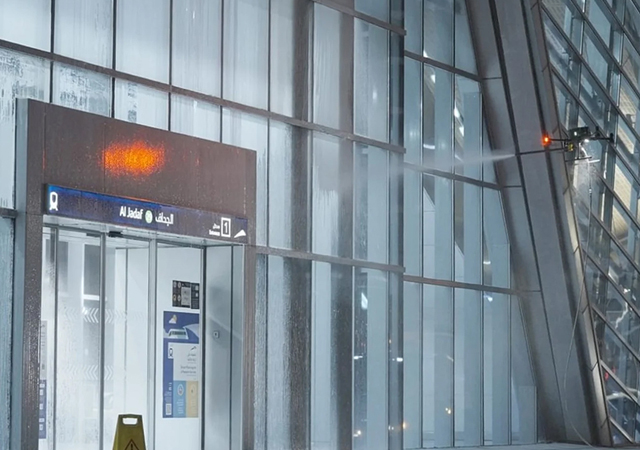
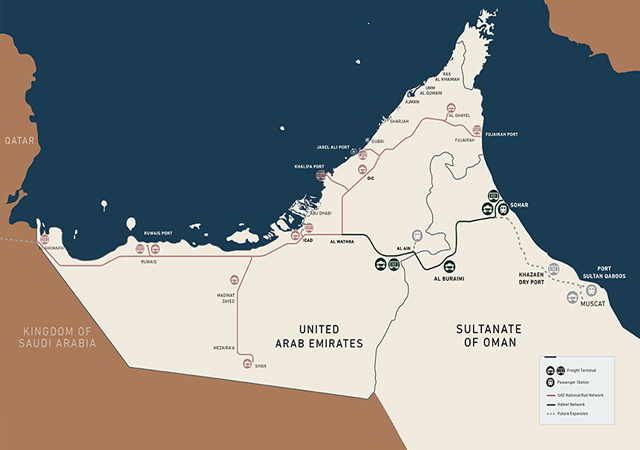
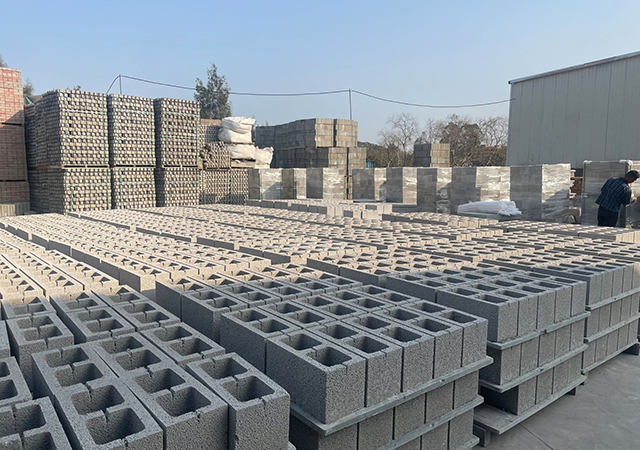


.jpg)
.jpg)
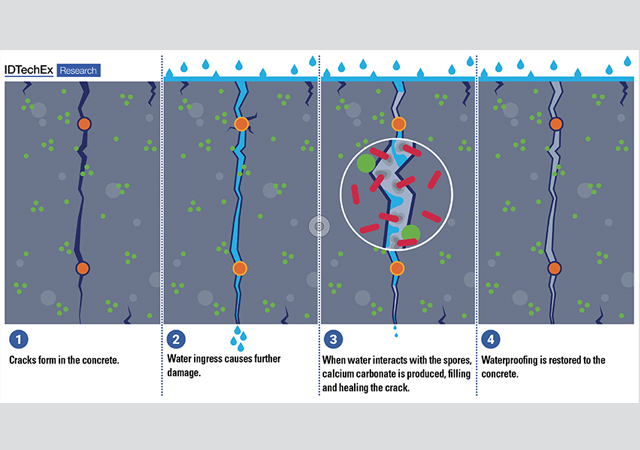
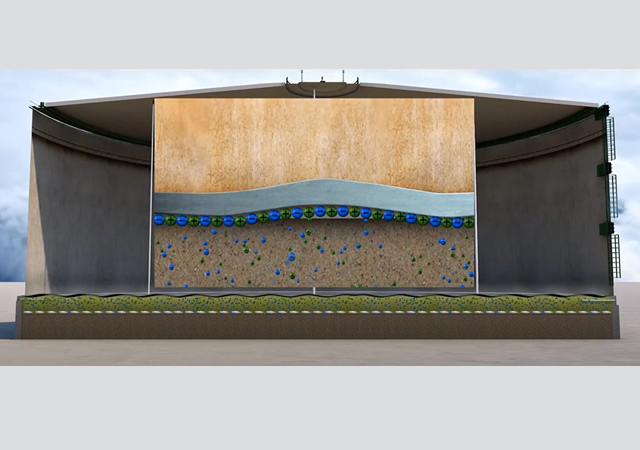
.jpg)
.jpg)
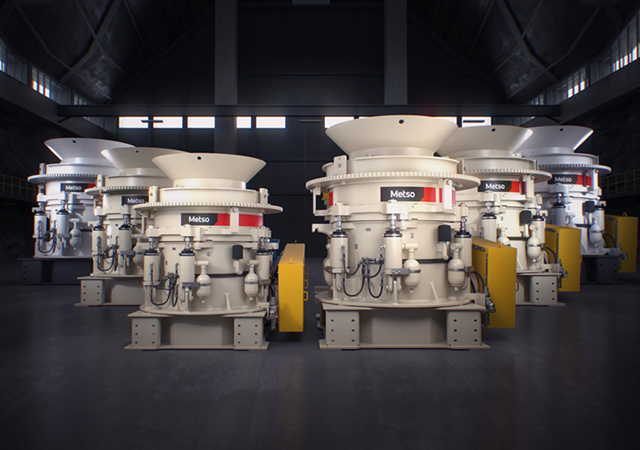
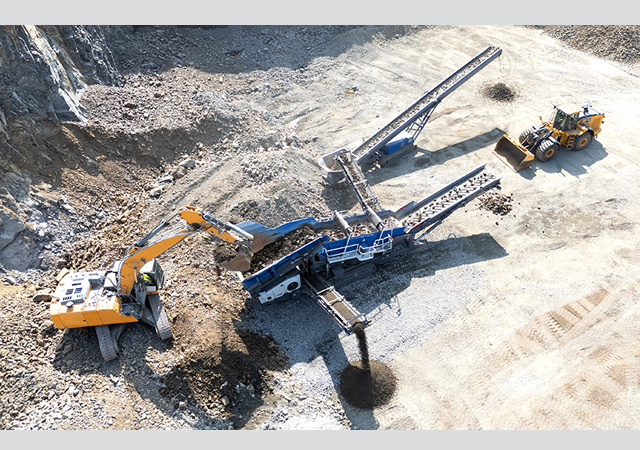
.jpg)
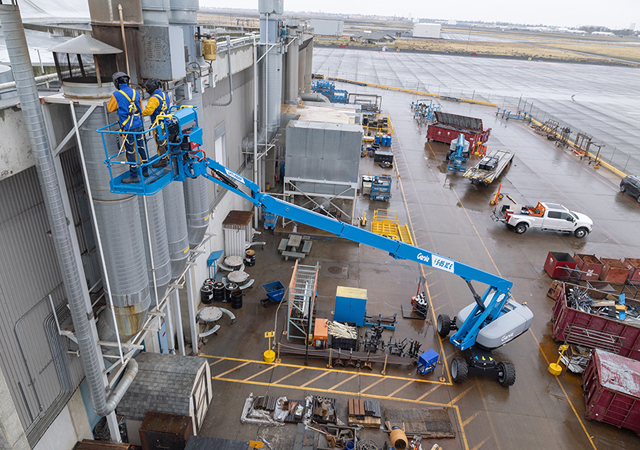

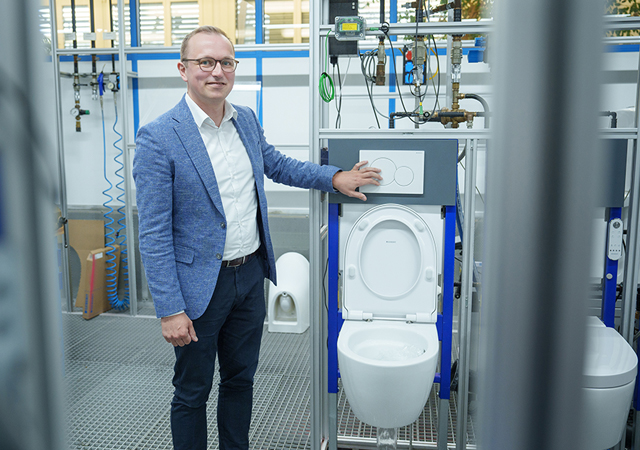

 Doka.jpg)
